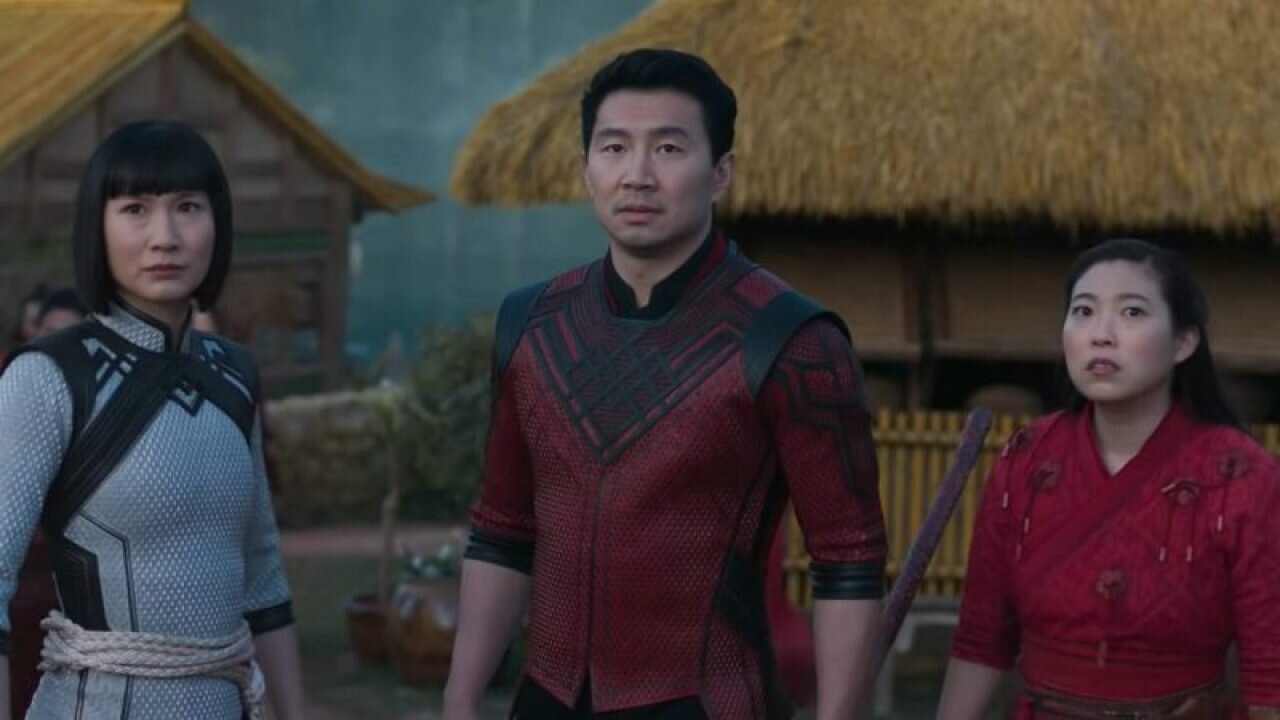DC LEAGUE OF SUPER PETS
Directing: C+
Acting: B+
Writing: C-
Cinematography: B-
Editing: C+
Animation: B
I suppose if you take your children, or your niece or your nephew, to see DC League of Super Pets, they will be suitably entertained, and you won’t hate the experience.
That’s about as close as I can get to heaping praise on this movie, which, even as an animated feature, embodies every cliché of comic book superhero movies developed over the past twenty years. It sticks to the formula, following the same story beats as nearly all of the rest of them, with a big, effects-laden climactic battle at the end, the fate of the world (or the city, or the galaxy, or the universe, take your pick) hanging in the balance. It has a few clever one-liners, most of which got burned through in the trailer. It wants you to think it has a sense of humor about itself, with self-referential meta humor, except that it’s all been done before ad nauseam, and ultimately it’s just another in a long line of cash grabs.
And League of Super Pets is very much in the “DC Cinematic Uniiverse,” the opening titles preceded by the glimpses of all the DC heroes in a graphic presentation long known to be part of their attempt at replicating Marvel’s runaway success. This movie doesn’t just feature Superman and his super dog, Krypto, but it features every quasi-human superhero member of the Justice League as a diversified ensemble supporting cast—each of them positioned to wind up with one of the “League of Super Pets” as their own pet.
To be fair, I did kind of enjoy this movie, for a while. Some of the humor, and a few of the animal-based puns (love Krypto’s dad, “Dog-El”), actually land. But, the shtick outlasts its welcome, and you feel all the exact same pieces of the “superhero story” clicking right into place. The truth is, DC League of Super Pets is just another superhero movie, just like countless others that came before it. Grafting the tropes onto domesticated animals doesn’t make it any more original.
If anything makes this movie watchable, it’s the voice talent, which is abundant: Dwayne Johnson as Krypto; Kevin Hart as Ace, the invulnerable dog; Vanessa Bayer as PB, the pig who can change her size; Diego Luna as Chip, the electrified squirrel; Natasha Lyonne as Merton, the speedy turtle; Kate McKinnon as Lulu, the villainous guinea pig; John Krasinski as Superman; Keanu Reeves as Batman; Marc Maron as Lex Luthor, of all people—his second major voice role in an animated feature this year (The Bad Guys isn’t exactly a classic either, but it’s a better movie)—and there are plenty more, in many cases recognizable voices in cameo parts. Every person voicing characters in this movie is clearly having a great time, and that alone makes it more fun to watch.
It’s still pretty forgettable once it’s over. DC League of Super Pets is fun while it lasts, but there’s nothing special about it. It’s just another movie that is almost literally paint-by-numbers and will disappear into the outer rims of the zeitgeist once opening weekend has passed.
Maybe if they’re cut enough you’ll be distracted from how stale it gets.
Overall: C+










